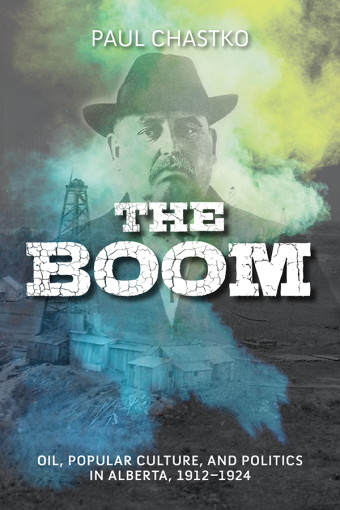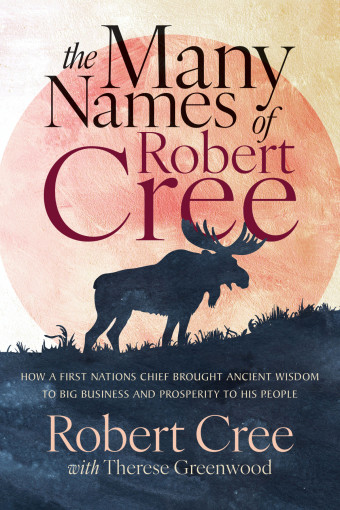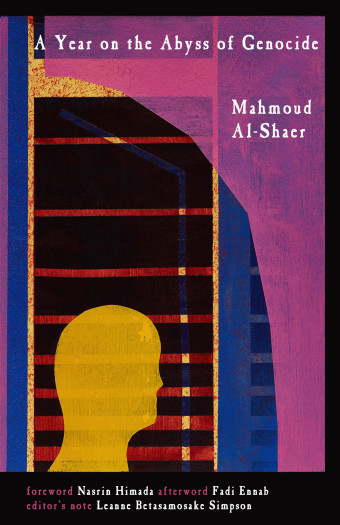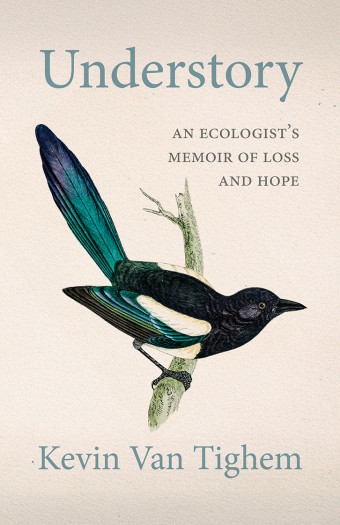Ariel Gordon’s latest book, Treed, is a collection of essays that represents a new path for the award-winning poet. “It feels like I’ve been writing this book for ages but only really learned how to write essays that worked this year. Though I’d written a few short prose pieces and I had training as a journalist, this was the first long-form prose piece I’d ever written,” she says.

- Treed
- Ariel Gordon
- Wolsak and Wynn Publishers Ltd.
- $20.00 Paperback, 296 pages
- ISBN: 978-19-28088-75-2
“It was an exhilarating process and I appreciated that the essay allowed me to discuss things at length. Though poetry has an enormous emotional range and can bring in so much, it wasn’t great at parsing a lot of detail.”
Gordon’s poetic sensibilities are evident in the book’s title. She says, “As someone who loves language, I really appreciated how it felt in my mouth: the long /ee/ sound in the middle and then the hard /d/ at the end. And if you look at definitions of treed, it means to force something, usually a hunted animal, to take refuge in a tree and also describes an area that is planted with trees.”
Gordon’s research revealed that there are eight million trees in Winnipeg’s urban forest. “As a Winnipegger, I feel like I live in a treed city. I also frequently take refuge in stands of trees or near individual trees, so in some ways that makes me a treed writer living in a treed city. I’m doubly treed!”
Gordon took a freewheeling approach to her subject, moving from history to urban planning to botany to Pokémon; from how disease is affecting the urban forest to what species are used for Xmas trees to making baskets out of dogwood branches.
Gordon realized that she couldn’t write a book about Winnipeg’s urban forest without talking about climate change and Indigenous peoples. “I had worked on essays on those subjects along the way, but they were really hard to write, because I was really scared of getting things wrong. But as my deadline approached in late 2018, I buckled down and wound up writing two 5,000-word essays in a month.”
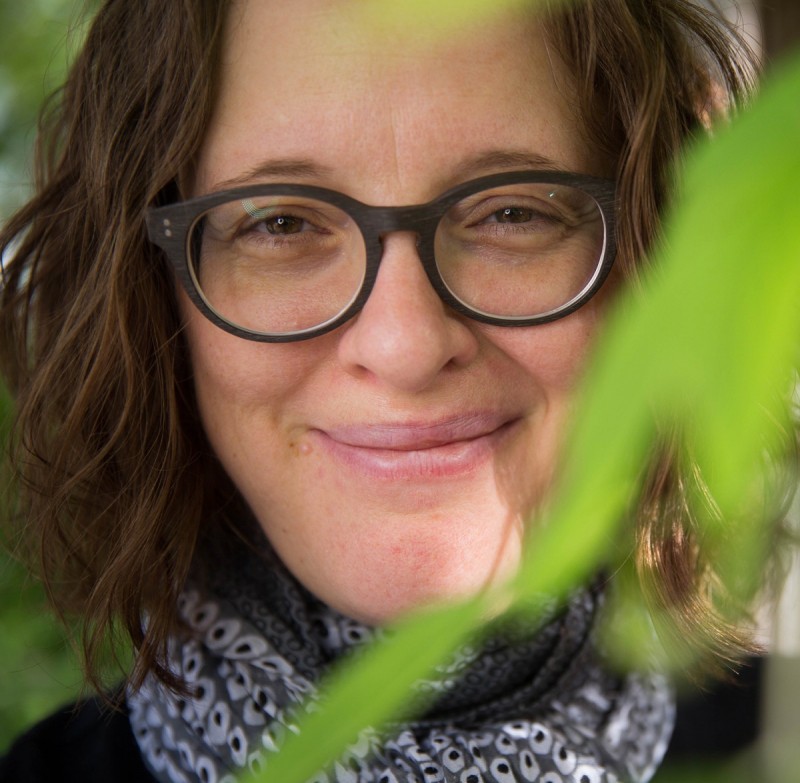
Gordon foresees a wide audience for Treed that includes “people who have boulevard trees in front of their houses; people who post on social media when they see a group of deer emerge from the trees or a hawk on a dead snag; people who live in Winnipeg or any treed city in Canada.”
Modestly profound in her ambitions for Treed, Gordon says, “I’d love it if people read this book outdoors, sitting under a tree. I’d love it if people made spore prints on or pressed leaves between its pages.
“My goal for Treed is to have people really look around them, to ask what, besides them, is living on the landscape? Cities are full of trees and animals, insects and mushrooms. You just have to look. You just have to pay attention. And if this book provokes someone to feel like they’re in relationship with their boulevard tree, provokes someone to go for a walk in a park or green space, then it’s done its job.”




